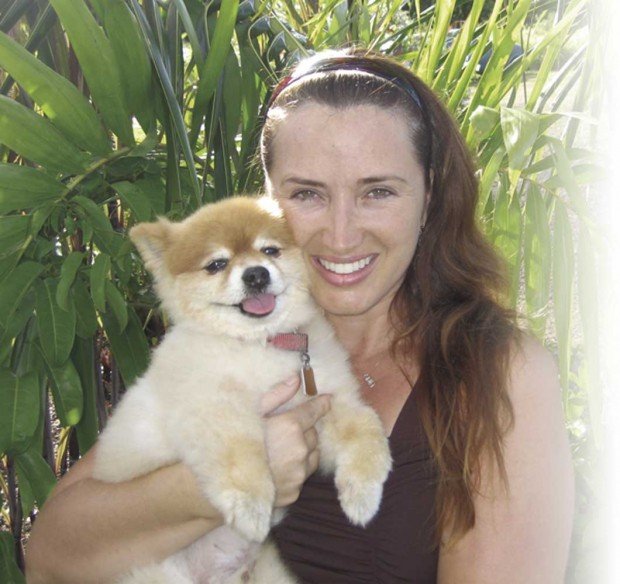Does your pup remodel your residence when you’re gone? Are your canine’s cantatas endangering your invitation to the neighbor’s potlucks? Do you feel like you’re living life on a short, invisible leash? If your pup has a conniption when you
Does your pup remodel your residence when you’re gone? Are your canine’s cantatas endangering your invitation to the neighbor’s potlucks? Do you feel like you’re living life on a short, invisible leash?
If your pup has a conniption when you leave, separation anxiety may be the culprit. Separation anxiety is one of the most common causes of behavioral problems. Dogs are pack animals, so it’s no wonder that some become profoundly upset when their humans leave them behind.
Symptoms can include destructive behavior, vocalization and toileting when left alone. Unfurtunately, pups can hurt themselves, your possessions and your pocketbook, and even affect your relationship with your spouse or neighbors.
Separation anxiety is likely to manifest itself in dogs that have rarely been left alone, experience a change in routine or those with traumatic backgrounds. Fascinatingly, a study by Professor Mike Mendl of Bristol University also determined that pessimistic pooches have more of a propensity to panic.
It’s important to acknowledge that separation anxiety is a psychological issue. If you are attempting to address this issue with a disciplinary approach, you may be barking up the wrong tree. That said, babying your pets can exacerbate the issue.
Most pups will need to be gradually exposed to longer absences. Start by getting them used to spending time in another room even when you are in the house. Progress to leaving the home. After that, increase the duration from seconds to minutes to longer.
Desensitize your canine to pre-departure actions. Carry your car keys around, organize your bags, have dress rehearsals and start your car at times when you have no intention of leaving. Keep your dog (and your neighbors) guessing.
“The first 30 minutes are the most important,” notes Dr. Nicholas Dodman, director of the Behavior Clinic at Tufts University School of Veterinary Medicine. Consider giving your pup an away bone or making departure time meal time. If you have a Labrahoover, you can use treat dispensing or puzzle toys to slow them down.
Provide a comforting environment for your canine. Leave the radio or TV on and a dirty shirt for their olfactory pleasure. Some pets do well in a safe zone like a pen or crate. Pheromone spray products can also calm your Whine-araner.
When you react to a situation with over-the-top excitement you teach your dog to do the same. Stay calm when departing or arriving. Wait for your dog to become tranquil before initiating contact upon your return.
In the meantime, consider taking your pup to doggie day care, work or bribing a family member to watch Fido. Simply jogging your dog before departure can rid your pooch of the excess energy that culminates in eaten doors and floors.
Familiarize yourself with your pet’s diet. Pet food high in protein or corn can deplete the amino acid tryptophan. Decreased amounts of tryptophan can lead to decreased serotonin production. This can be detrimental because serotonin is associated with pleasant, relaxed feelings.
In extreme cases, dog owners may turn to chill pills that increase the level of serotonin in the brain. Some vets may recommend using an antihistamine due to its chillaxing affect. Just make sure your pet doesn’t drive or use heavy machinery afterwards.
Living with separation anxiety can be challenging. Gradually increasing the length of your absences tends to have the best results. You can also wear your pooch out ahead of time and make their environment stimulating yet comforting. With diligence, Destructo Dog and you will still get the opportunity to enjoy the neighbor’s potluck delight.
• Moksha McClure is the founder of Whiskers Resort, a pet hotel in Lihu‘e offering doggie day care, training, grooming and overnight boarding for cats and dogs for more than a decade. Visit www.WhiskersResort.com or call 241-PETS.


